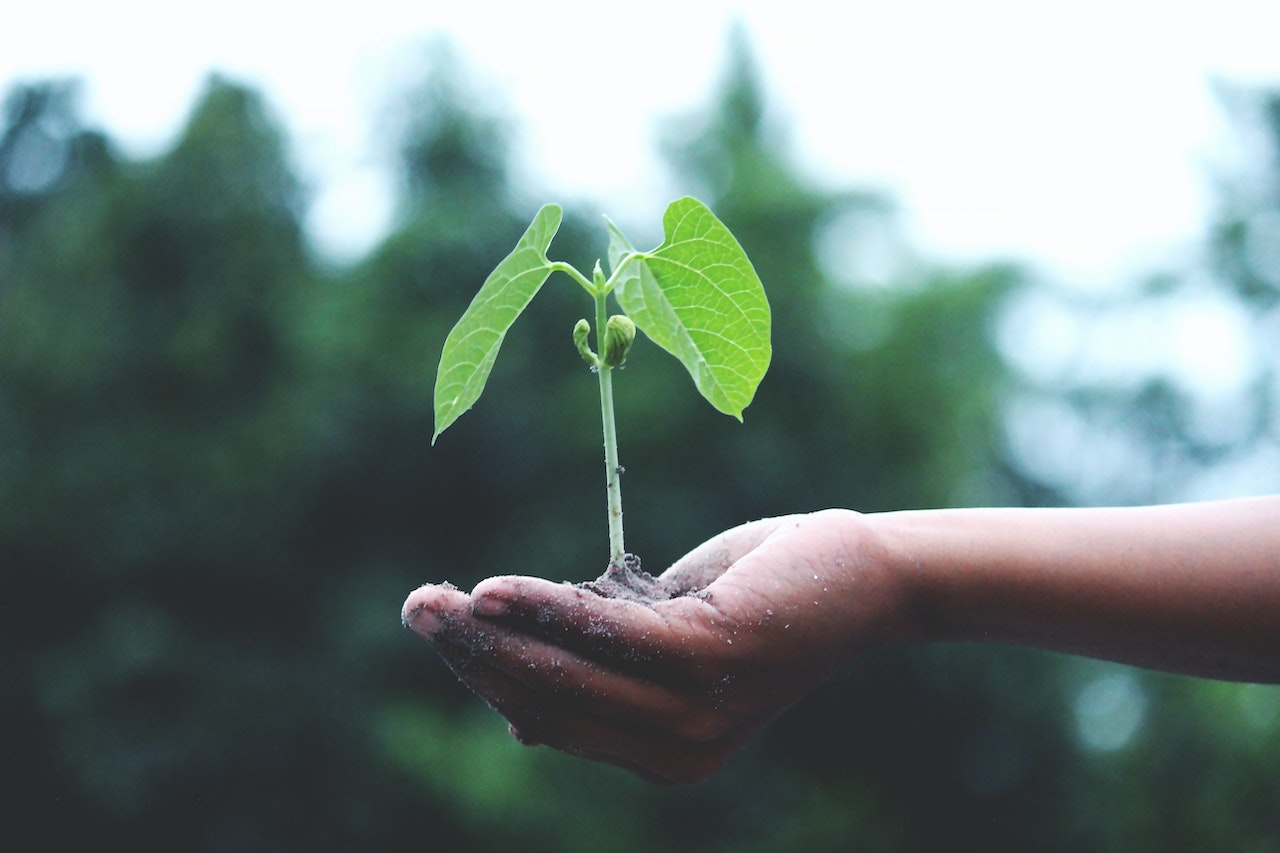This post was originally published on Sustainability Matters

A survey by not-for-profit mattress recycler Soft Landing Mattress Recycling has found that a majority of Australian respondents would be prepared to pay more when purchasing a new mattress if the retailer collected and recycled their old one.
The ‘Mattresses Matter’ Sustainability Survey revealed a high degree of concern about mattress sustainability, with 93% of Australian consumers saying they would be more likely to purchase a new mattress from a retailer that collects and recycles their old one.
Of the 1016 people surveyed, 62% said that sustainability was important when purchasing a new mattress, and 93% were eager to recycle their end-of-life mattresses responsibly to avoid landfill. 96% said it was important for their local council to provide a free mattress collection and recycling service through an approved recycler.
While only 26% have used a mattress recycling service in the past, 65% would like to use one in the future. According to respondents, the top three barriers to mattress recycling are lack of recycling services (58%), uncertainty of services available (54%) and cost (33%).
To remove these barriers and stop mattresses going to landfill for good, Soft Landing, an Australian Bedding Stewardship Council (ABSC) approved recycler, is calling for retailers and councils nationwide to partner with them to provide a mattress collection and recycling service to all Australians.
Soft Landing General Manager David Petrie said that 1.8 million old mattresses are disposed of each year in Australia. “Of these, it is estimated that over 740,000 end up in landfill. This equates to 5500 average elephants or nearly 2500 compactor trucks,” he said.
“They take up enormous amounts of space and contribute significantly to environmental pollution; it’s 22,000 tonnes of needless waste that can be reduced through responsible recycling, so it’s encouraging to see such positive consumer attitudes towards mattress recycling in Australia.”
Petrie said Soft Landing partnered with many progressive councils and retailers to provide Australians with an accessible mattress collection and recycling service but there was still much to do. “Australians are saying they’ll use mattress recycling services if they’re available — so why not give them the chance?”
ABSC CEO Kylie Roberts-Frost said that mattresses were included in the Minister’s Product Stewardship Priority List for 2023–2024 due to the significant environmental challenge they pose. “The data from Soft Landing highlights the critical need for a coordinated industry effort to address this issue comprehensively,” she said.
“Our objective is to see mattresses designed for longevity and recyclability, ensuring valuable materials are reused and waste is minimised, where reuse is not an option. This aligns with the growing consumer demand for sustainable outcomes.”
Roberts-Frost added that collaboration between ABSC-approved recyclers like Soft Landing, retailers and local councils was vital. “These partnerships will not only help reduce the number of mattresses ending up in landfills but also support consumers who are keen to make environmentally responsible choices,” she said.
“By working together, manufacturers, retailers and councils can play a pivotal role in creating a more sustainable future for the mattress industry.”
To view the full Mattresses Matter – Sustainability Survey Report, visit: https://softlanding.com.au/mattressesmatterreport/.
Image caption: Soft Landing is a national not-for-profit social enterprise and registered charity that collects and recycles mattresses to keep waste out of landfill while creating jobs for people experiencing barriers to work.





0 Comments